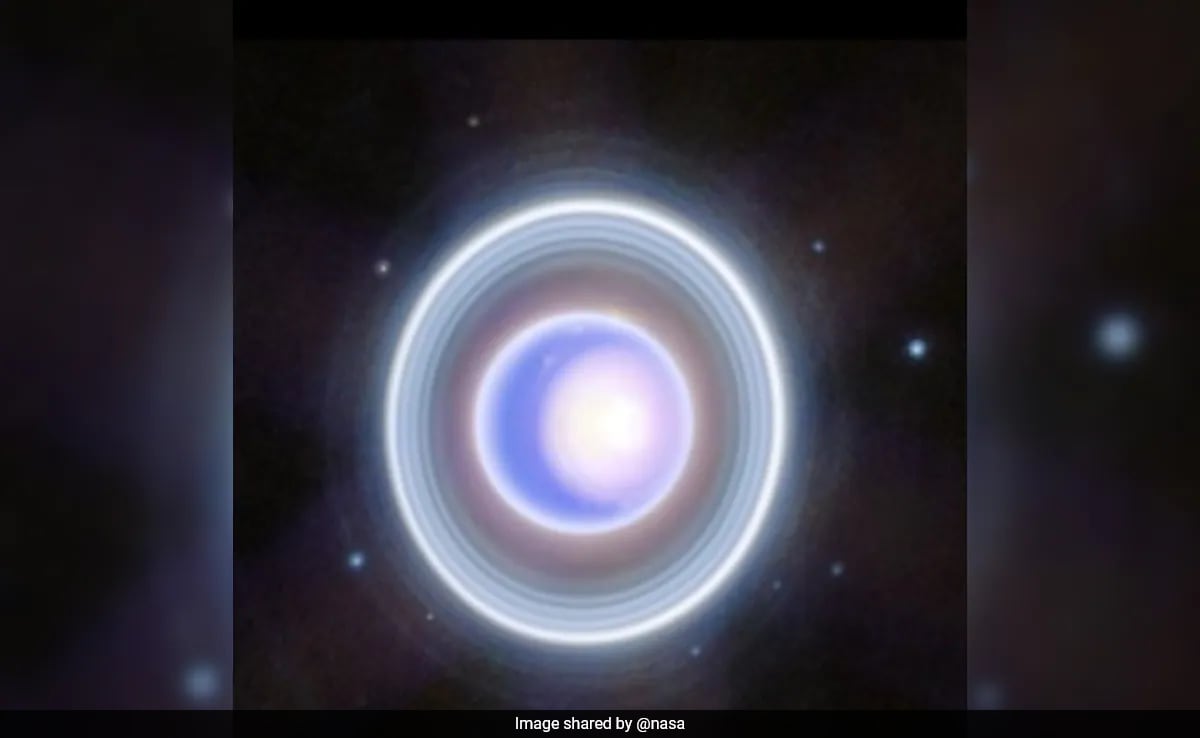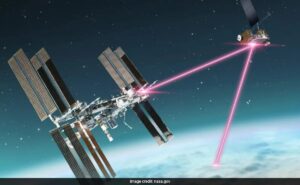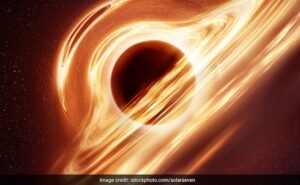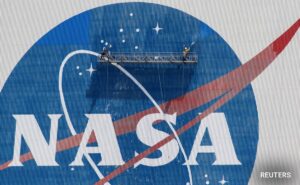New Delhi:
The Voyager 2 spacecraft, the first and only mission to fly by Uranus in 1986, passed through it when its magnetosphere was unusually squashed by the solar wind, according to a study. It means that scientists’ present understanding of the planet was shaped by an unusual stellar coincidence.
Scientists gathered much of the knowledge about Uranus, the third largest planet in our solar system, when NASA’s robotic spacecraft conducted a five-day flyby. However, scientists have now discovered that the spacecraft might have visited under unusual conditions that led to misleading observations about the planet, especially its magnetic field, Reuters reported.
Taking a fresh look at the data from Voyager 2’s 1986 visit, researchers found that the spacecraft encountered the planet only a few days after the solar wind squashed its magnetosphere — the protective magnetic bubble around Uranus, to around 20% of its usual volume.
“We found that the solar wind conditions present during the flyby only occur 4% of the time,” space plasma physicist Jamie Jasinski of NASA’s Jet Propulsion Laboratory said.
The lead author of the study also noted that the flyby occurred “during the maximum peak solar wind intensity in that entire eight-month period,” adding that scientists would have observed a much bigger magnetosphere had the spacecraft arrived a week earlier.
Data show the planet’s magnetosphere was home to unexpectedly powerful electron radiation belts, with their intensity similar to the massive bands of radiation found around Jupiter, CNN reported.
Researchers added the observations from the spacecraft left a misimpression about the Uranus’ magnetosphere as lacking in plasma and in possession of uncommonly intense belts of energetic electrons.
While the Voyager 2 observations earlier suggested that Titania and Oberon, the two largest moons of Uranus, often orbit outside the magnetosphere, the latest study suggested they stay inside the protective bubble.
Jasinski concluded that a future mission to Uranus is crucial to understand not only the “planet and magnetosphere but also its atmosphere, rings and moons”.



